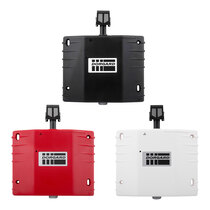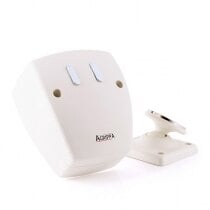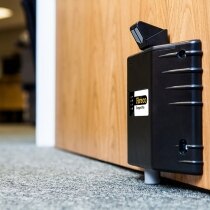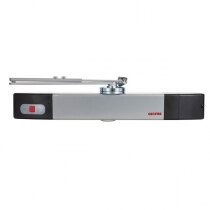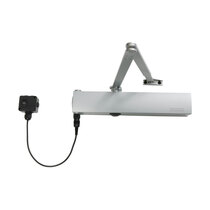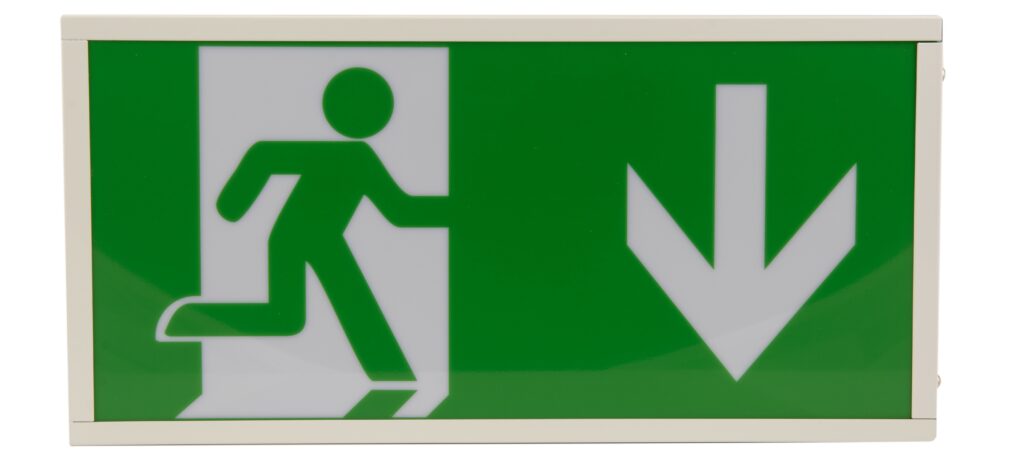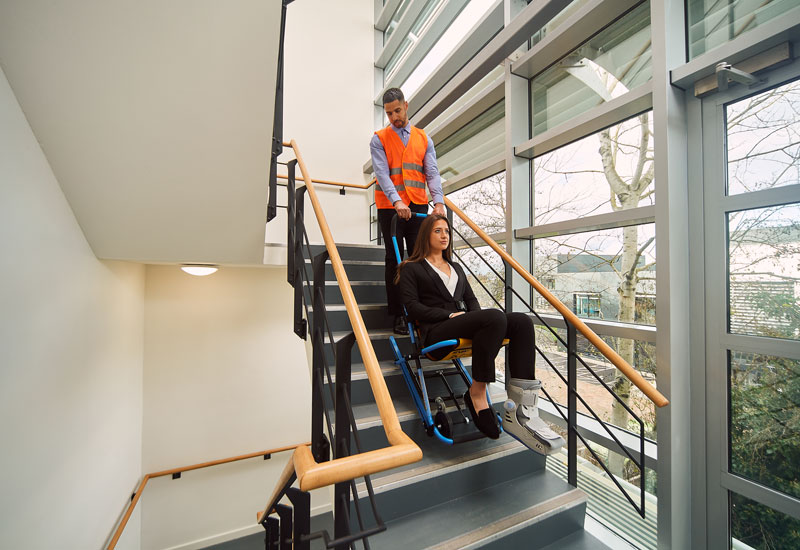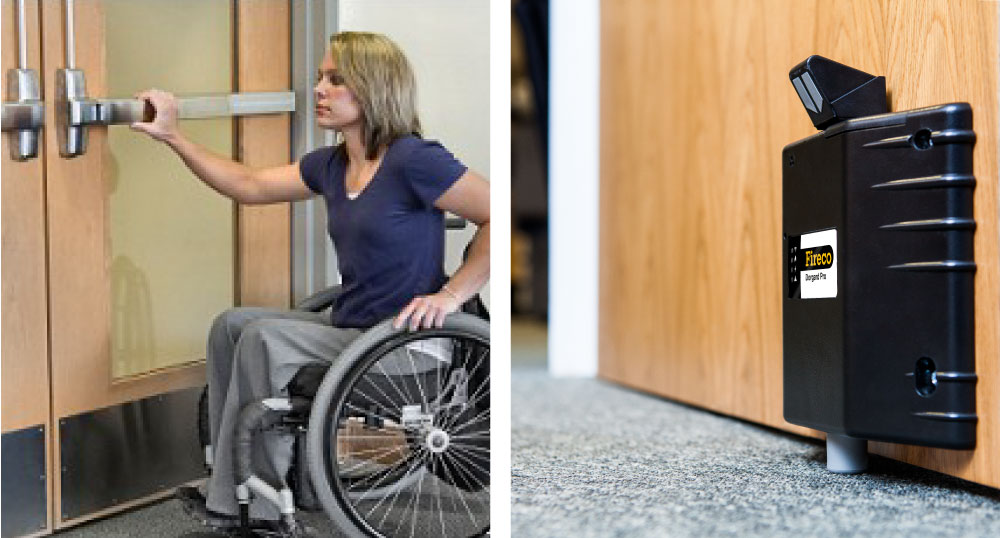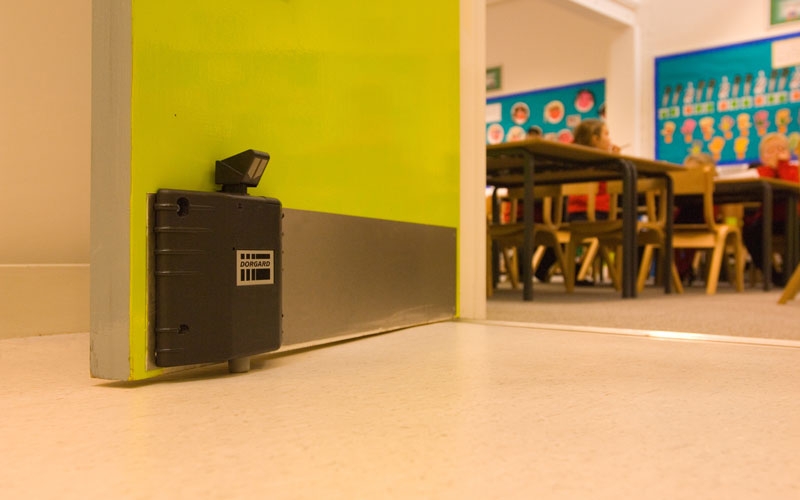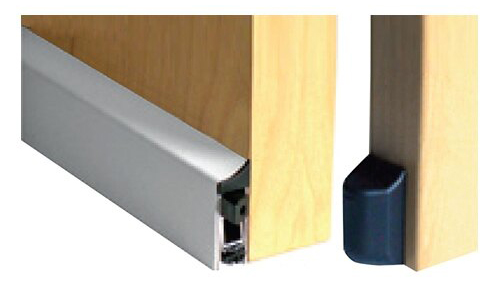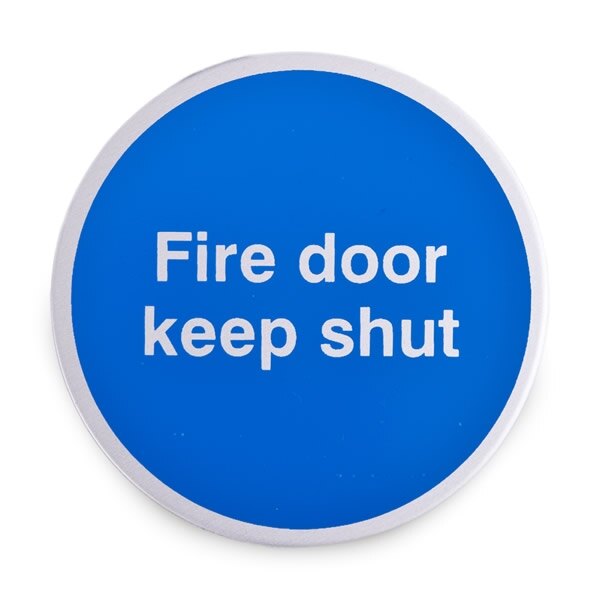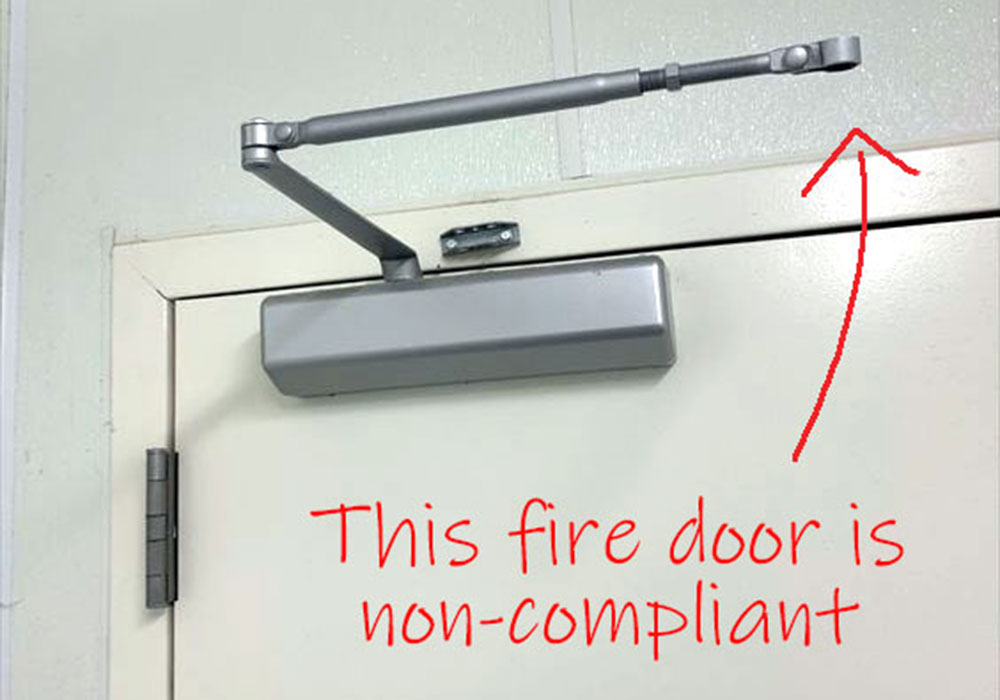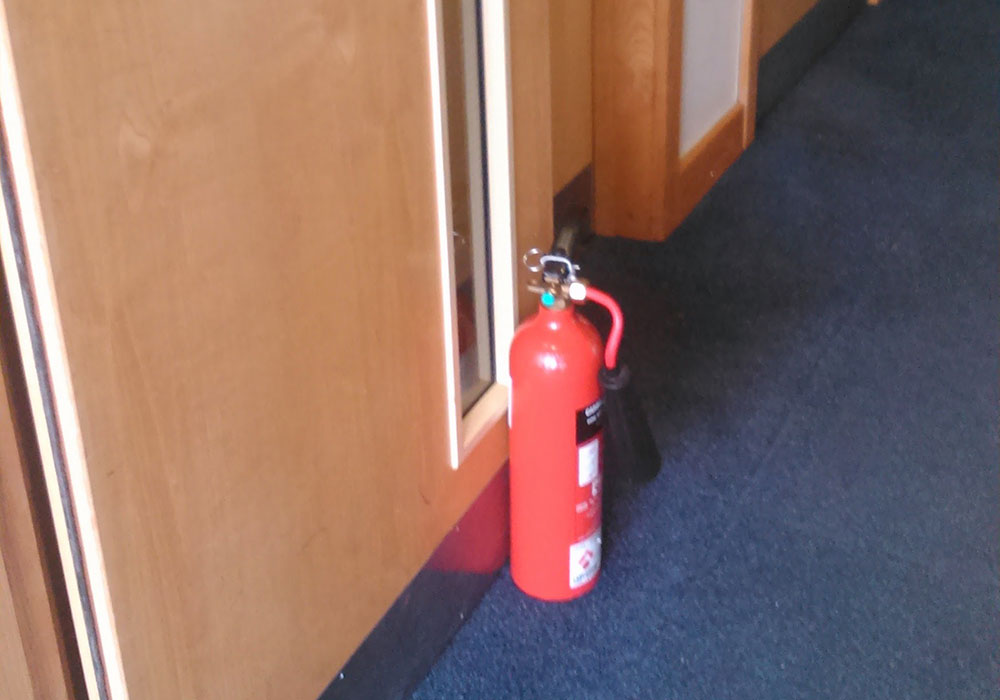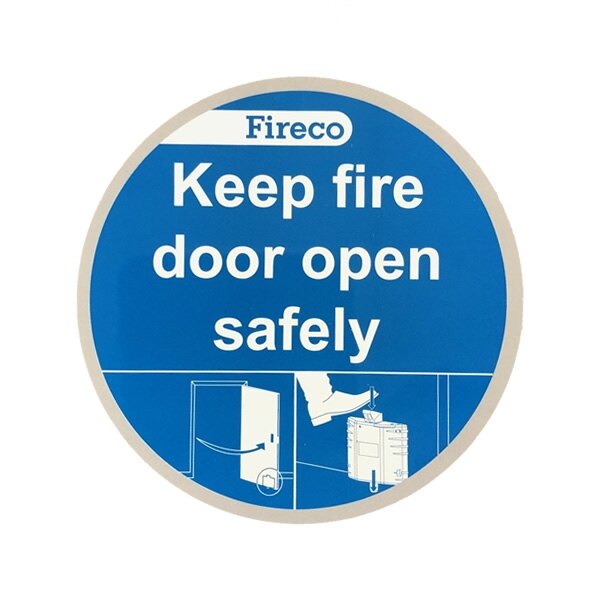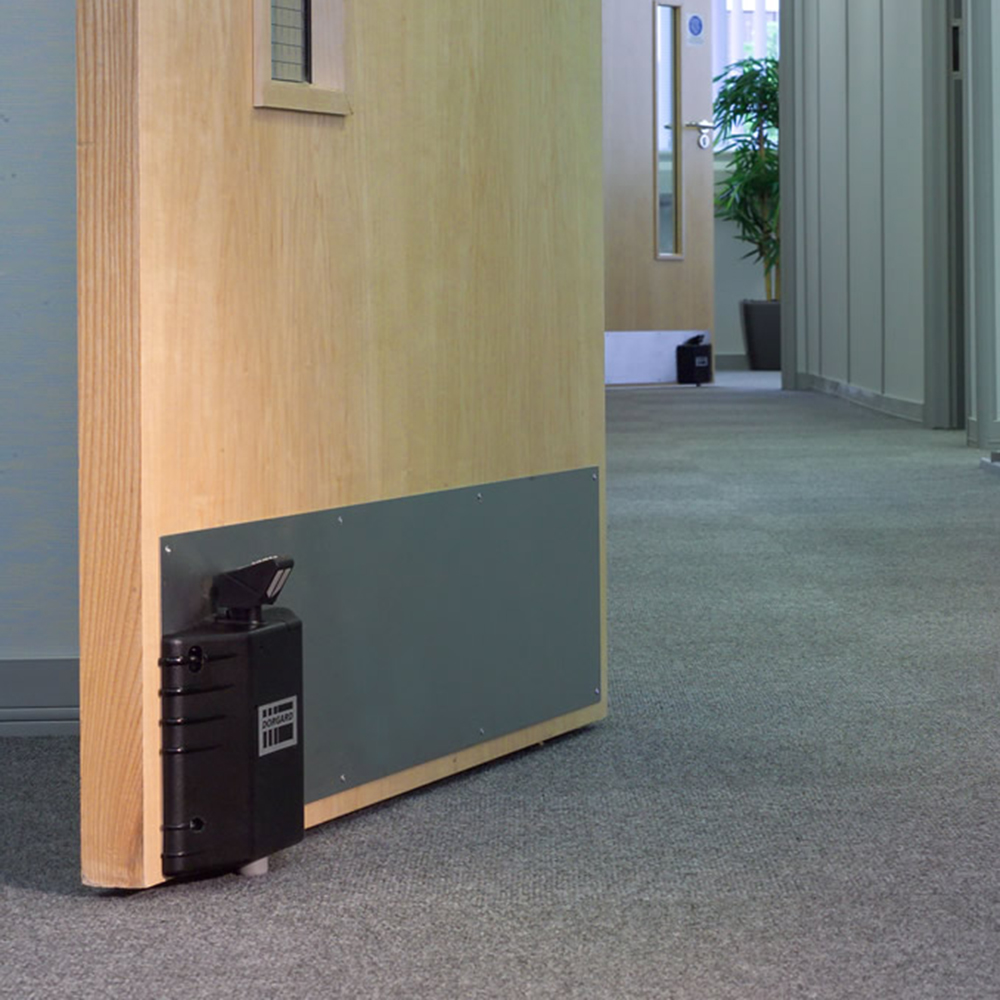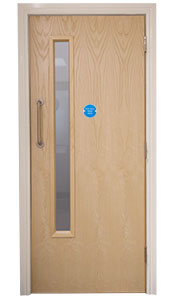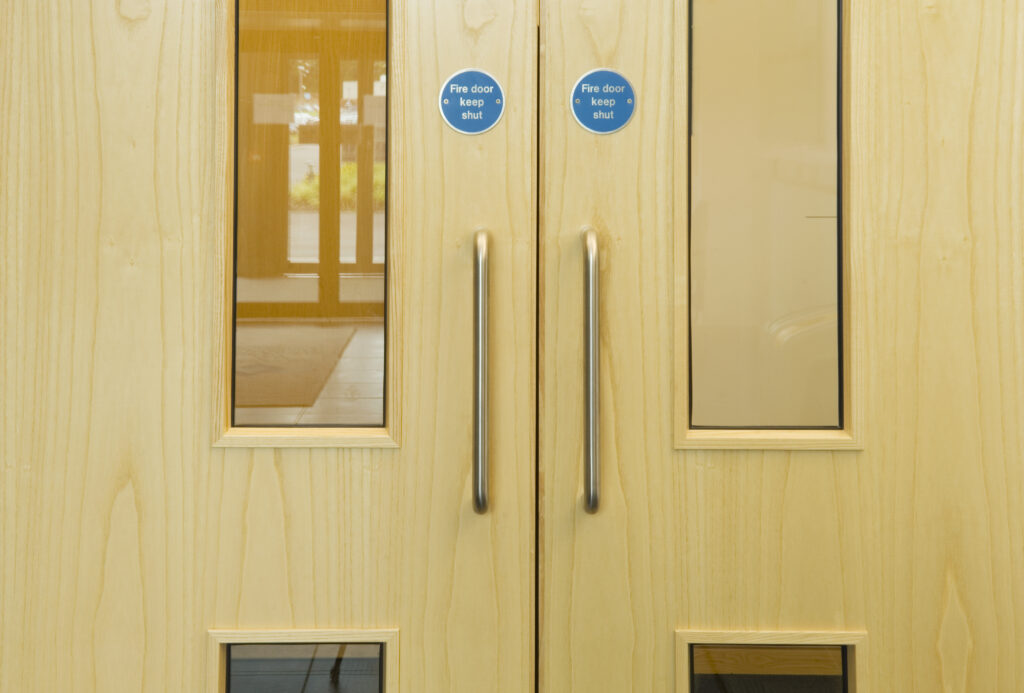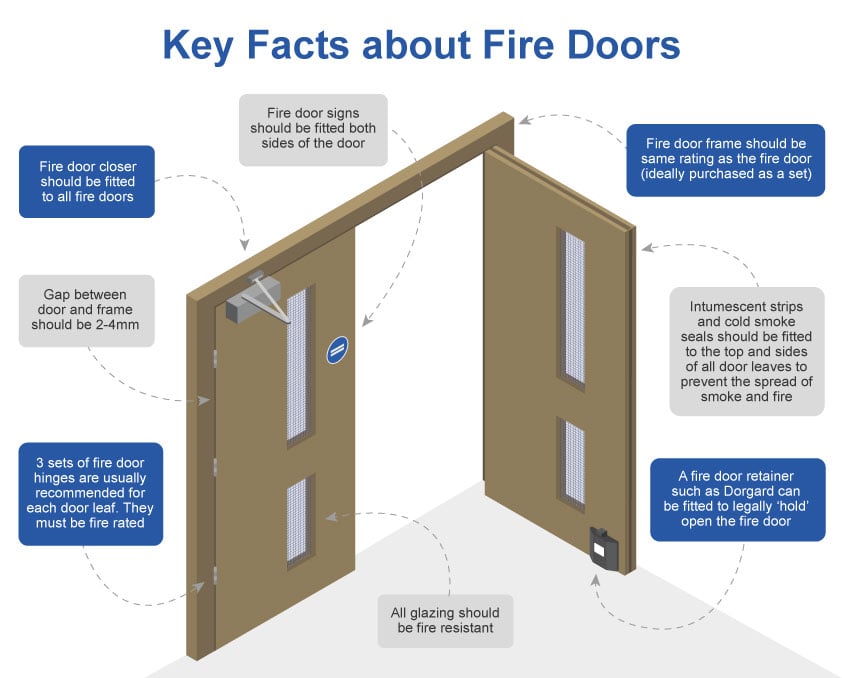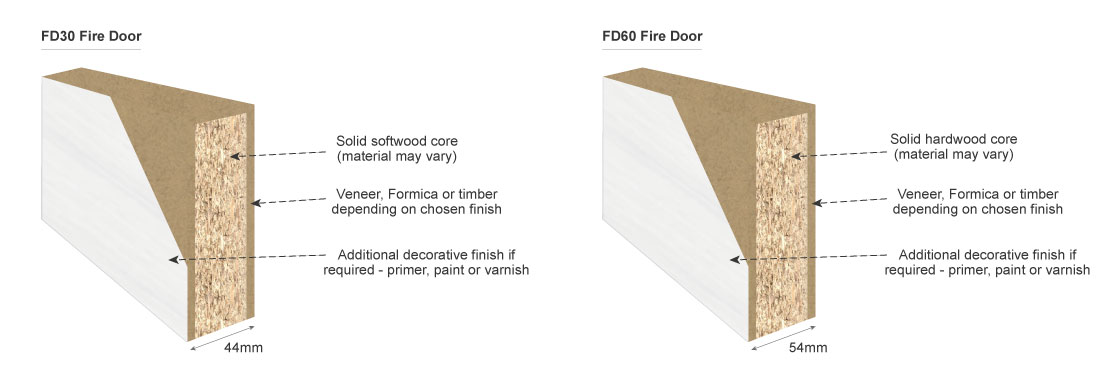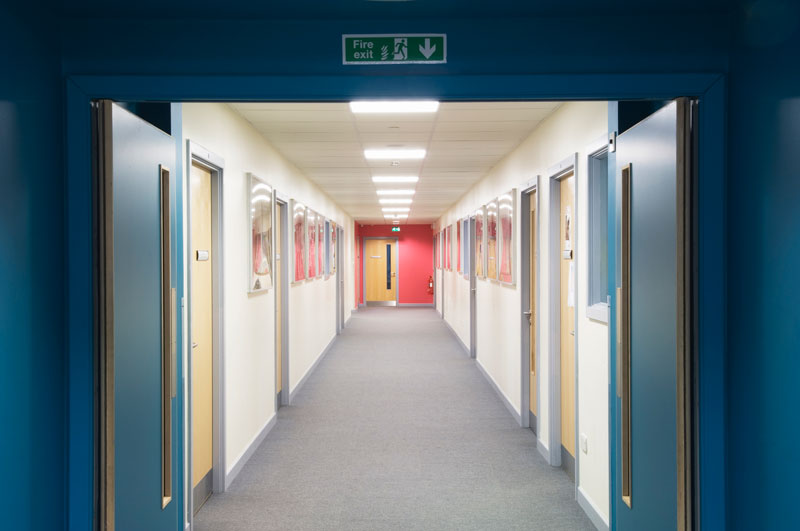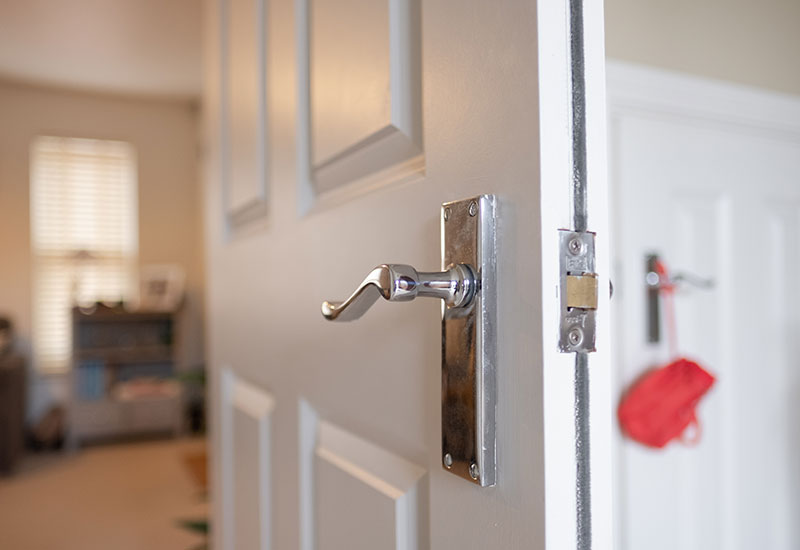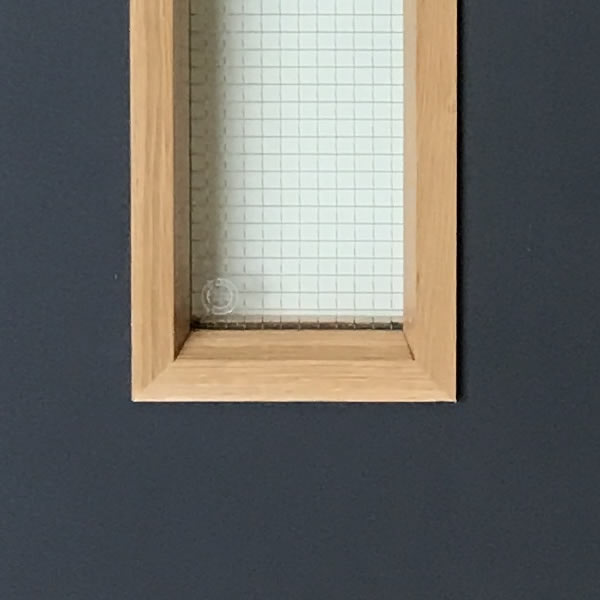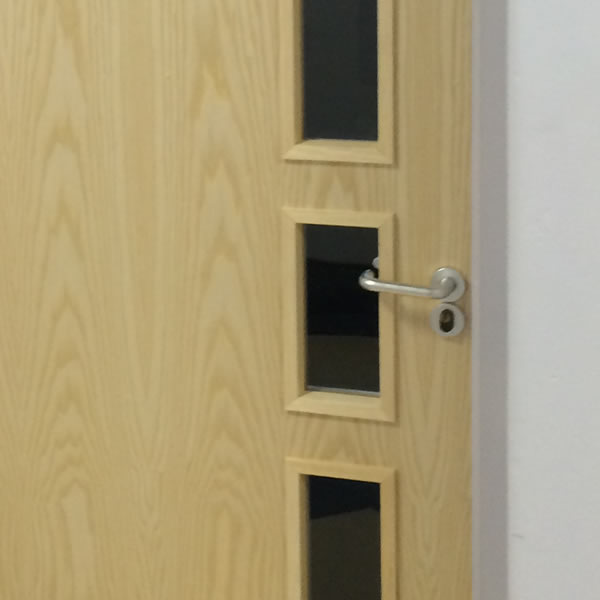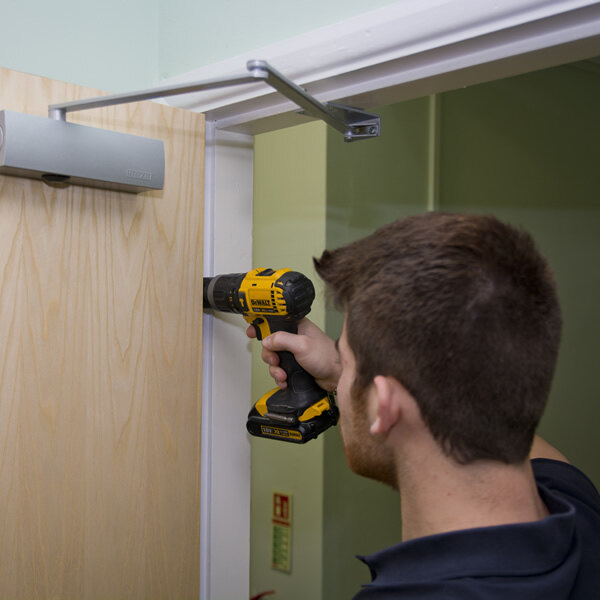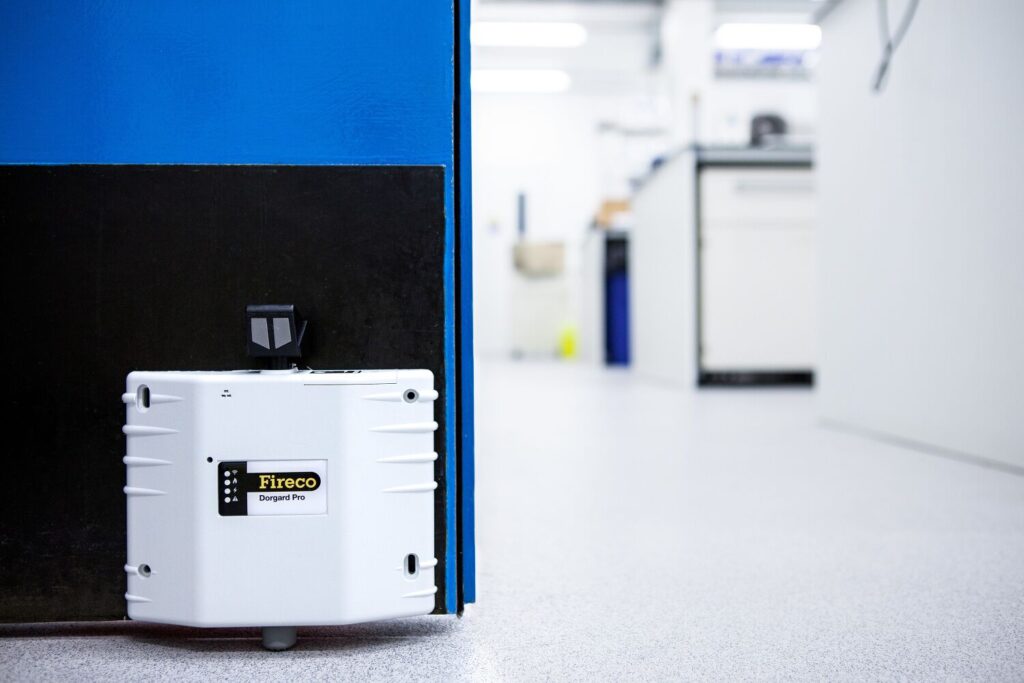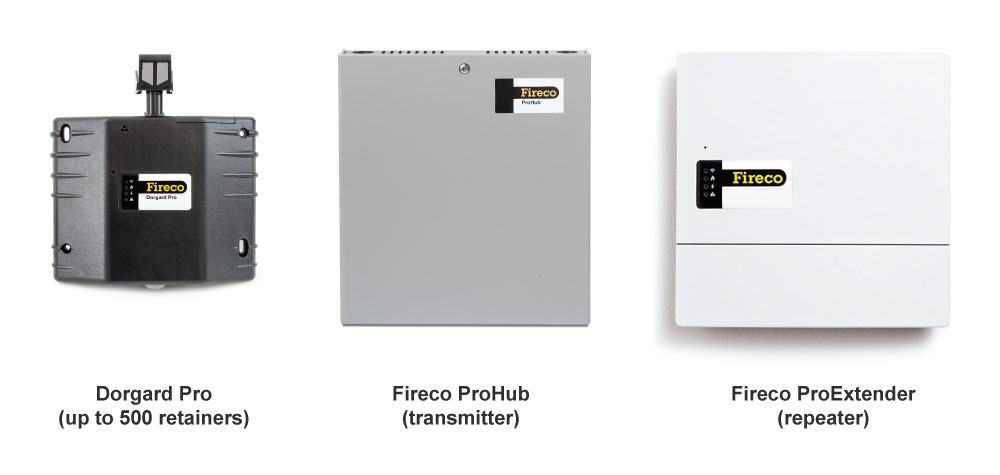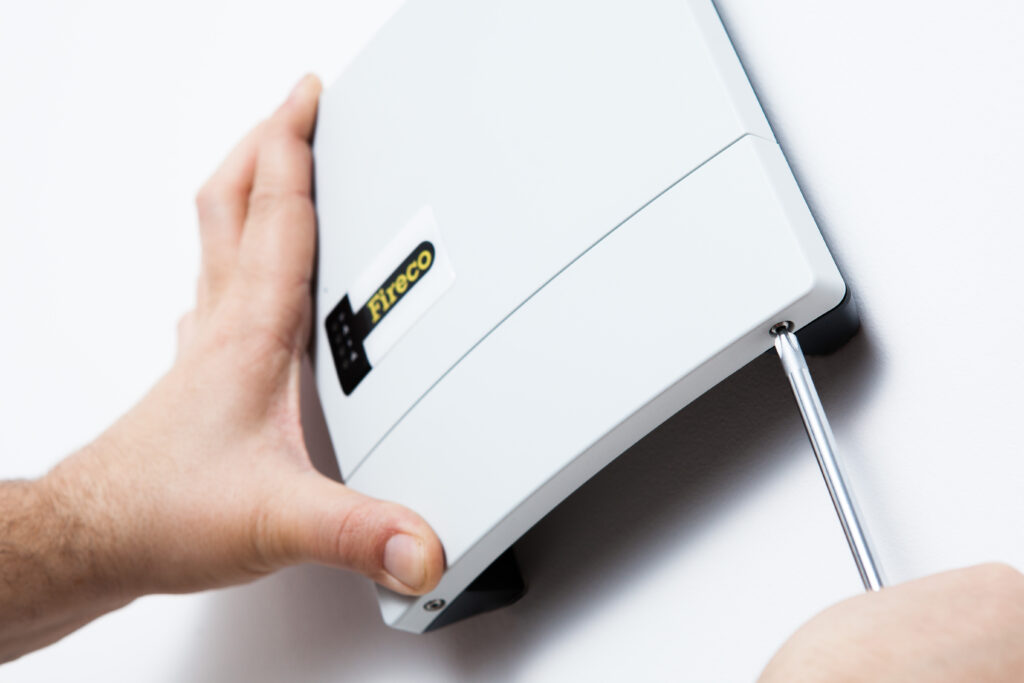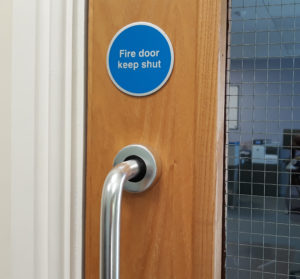Thursday 2nd May 2024
What are intumescent strips?
Intumescent strips are fitted to the edges of fire doors. In in extreme heat, these strips expand to seal the gaps between the door leaf and its frame. This allows closed fire doors to act as a barrier to the spread of smoke and flames throughout a building. Therefore, it is essential that fire doors are installed, maintained with their seals intact. They must also be kept shut when not in use.
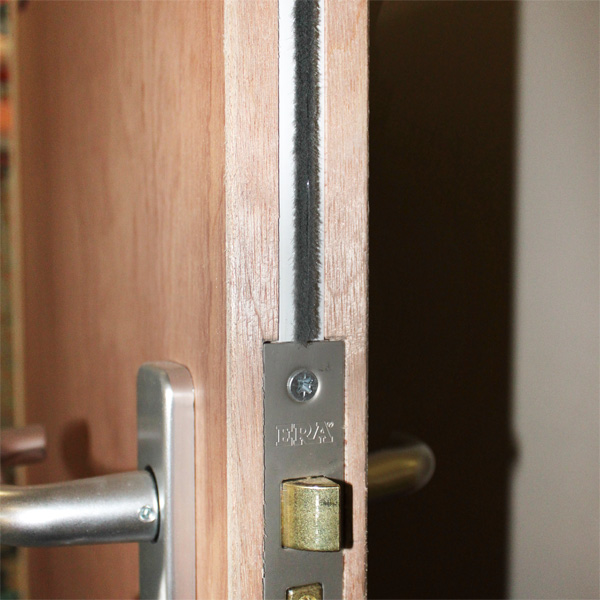
Smoke seal vs intumescent strip
‘Intumescent strips’ are embedded in the door, and are dormant under normal conditions. These strips respond to heat, causing them to expand greatly in the event of a fire. This closes the gap between the door and its frame. These seals activate at temperatures that are above human survival levels. Therefore, there is no danger of them expanding and trapping people trying to escape.
A ‘brush’ seal or smoke seal will prevent the escape of cold smoke around the edges of the fire door. While these seals are also intumescent, smoke inhalation can be more dangerous than the fire itself. It is important, when fitting smoke seals, that they do not hinder the full and effective closure of the door.
Do all fire doors need intumescent strips and smoke seals?
In order to be effective, all fire doors must be fitted with intumescent strips. Without these, the door will not ‘seal’ to the frame in the event of a fire. These seals are essential to slow the spread of the fire throughout the building, providing occupants time to evacuate. If intumescent strips are found not to have been fitted in the event of a fire, the Responsible Person could be prosecuted.
Smoke seals, however, are required as specified in the fire risk assessment. Most commonly this is included on doors approaching escape routes and doors which open on to a common space.
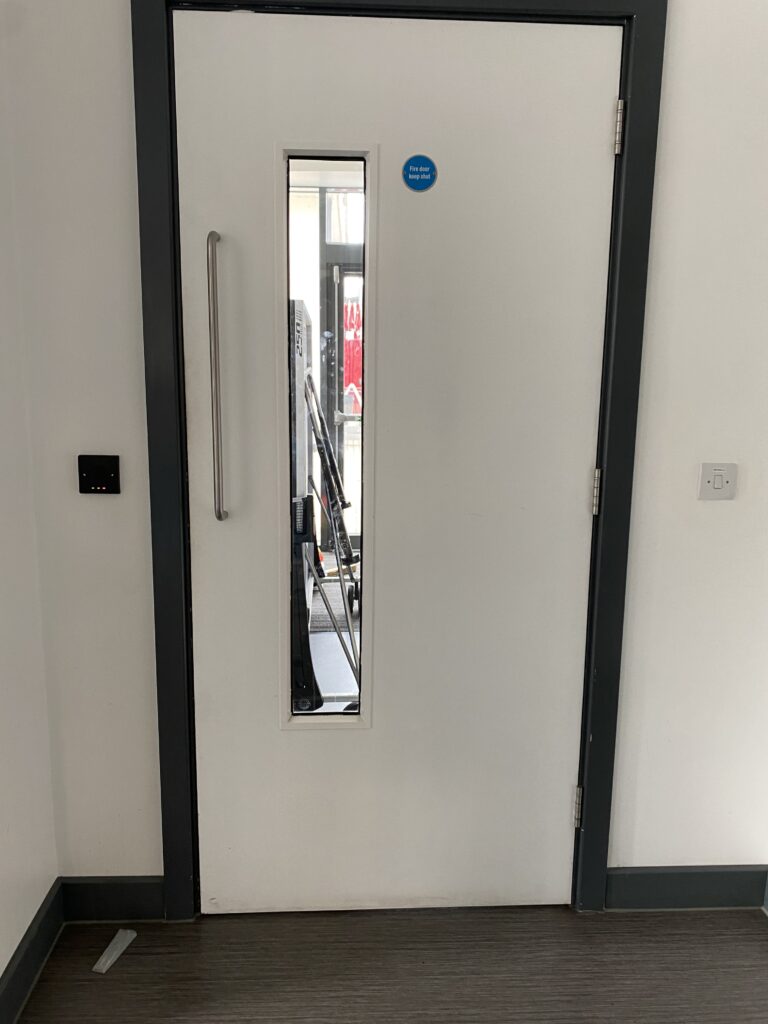
Why fit intumescent strips and smoke seals?
Intumescent seals only react to extreme heat, so they don’t seal up until the fire is very close. Before this, smoke from the fire which has accumulated will be able to pass through the gaps around the door. This puts building occupants in danger of smoke inhalation, which can be fatal. Smoke seals prevent this, and are typically either a soft brush or a plastic / rubber flap.
When should smoke seals not be fitted?
There are some applications where a gap should not have smoke seals: e.g. if the fire door has been installed on the exit of a room which has no smoke detectors on its own. In this case, the fire alarm system can only be triggered if smoke can leak out around the fire door and set off the fire alarm system in the circulation spaces, but these cases are quite rare.
Fire door ratings and smoke
Fire doors are rated in accordance with the length of time they will resist a fire. Therefore, a door rated ‘FD30’ will resist the passage of fire for 30 minutes, an ‘FD60’ for 60 minutes. If a fire door is rated FD30s, (‘s’ meaning ‘smoke’), it should have been fitted with the appropriate seal to resist the passage of cold smoke for 30 minutes as well. For more information about how fire doors are rated, visit our blog.
Fire door gaps and smoke seals
British Standards set out details on the permitted gaps around a fire door. The gap along the sides, top, and between the leaves of a double door, must be between 2mm and 4mm. Responsible Persons can use a gap gauge to ensure that their fire door gaps are compliant.
Under-door (threshold) gaps should be in accordance with the manufacturer’s installation instructions for the particular doorset design. This blog provides more information about threshold gaps.
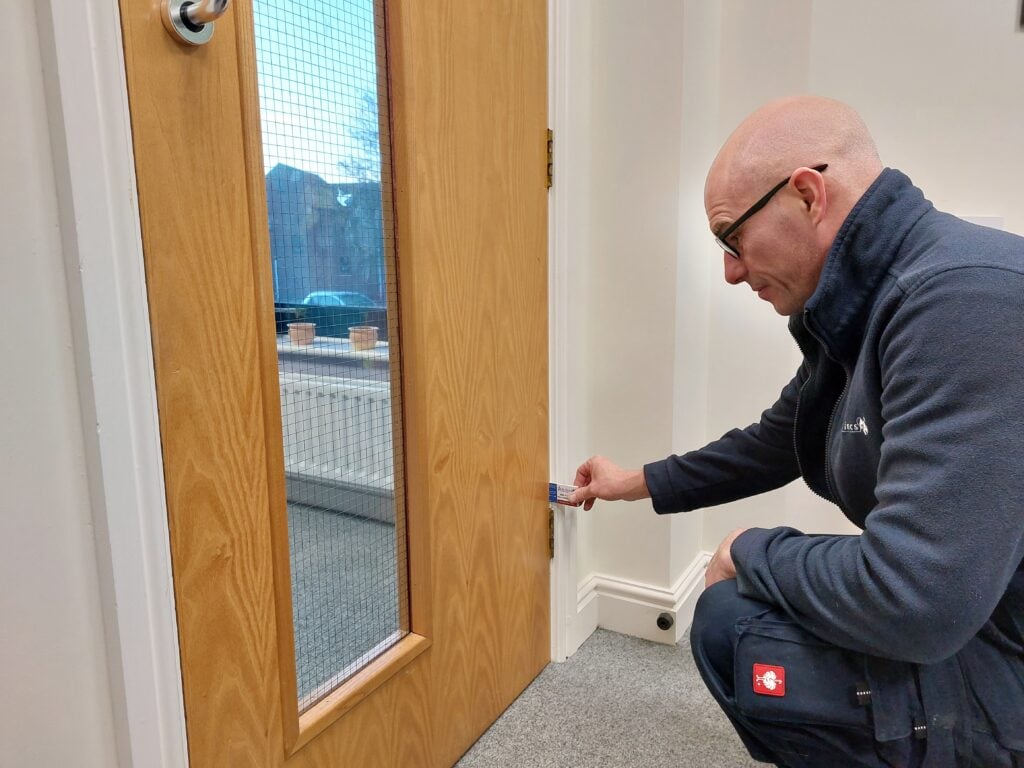
Can smoke seals be painted?
Fire doors can be painted with ordinary paint. However, fire accessories, including intumescent seals should not be painted, as it can prevent them from being effective in the event of a fire.
Are intumescent strips required in letter boxes?
If a fire door has a letter box installed, this must have been tested and rated to the same standards as the door itself.
If an intumescent letter box needs to be added to a fire door retrospectively, this can only be done if specified in the scope of the fire door’s Certifire Approval documents, and in line with the manufacturer’s instructions. Further to this, alterations can only be made by a trained professional, and with certified hardware. This ensures that the performance of the door, and its associated certification, is not compromised.
What does the threshold drop seal do?
If smoke protection is required by Building Regulations or the fire risk assessment, the maximum gap underneath the fire door is reduced to 4mm. If the gap under a fire door is too large, surface mounted drop-down smoke seals or rebated drop-down smoke seals can be fitted to existing fire doors. When the door closes, a plunger makes contact with the door frame and lowers the seal to the floor, closing the gap under the door. This is usually a suitable solution for gaps of up to 14mm.
Can fire door seals be replaced?
Where a fire door rebate already exists, or the existing rebated fire door seal has been damaged, rebated intumescent fire door seals can be fitted.
Can fire door seals be fitted retrospectively?
Some older fire doors do not comply with the latest specifications. In some cases, this means that they do not have the appropriate intumescent or smoke seals. Fire door seals can be retrospectively added to these fire doors.
To avoid having to cut a rebate in either the door or the frame, surface mounted fire door seals can be fitted. These are stuck to the frame or door with their self-adhesive backing and sometimes nailed as well to give them increased longevity.

Who can fit fire door seals?
Fire doors should always be professionally installed, as should any work which structurally alters the door or its hardware. Therefore, rebated fire door seals can only be fitted by a qualified professional, whether as a replacement or retrofit.
Surface mounted fire door seals, on the other hand, can be fitted by a ‘Competent Person’. If new fire door seals are fitted for the first time, make sure that fire door hinges, fire door closers and, where necessary, intumescent door lock protection are fitted as well.
Visit our website to see Safelincs’ full range of fire door seals. This includes ‘fire only’ (intumescent) and ‘fire and smoke’ (intumescent and brush) fire door seals. Safelincs supply both rebated and surface-mounted application, in both FD30 and FD60 ratings. If you are still unsure what type of seal your door requires, or whether a retrofit is appropriate for your door, contact our friendly fire door team on 0800 433 4289 or by emailing firedoors@safelincs.co.uk.
FAQ
Can fire door seals be fitted to the door instead of the frame?
Yes, fire door seals can be fitted to either the door or the frame for a single fire door.
Double doors or door and a half fire doors will need to have fire door seals fitted to the door to ensure that the gap between each leaf is taken into consideration.



